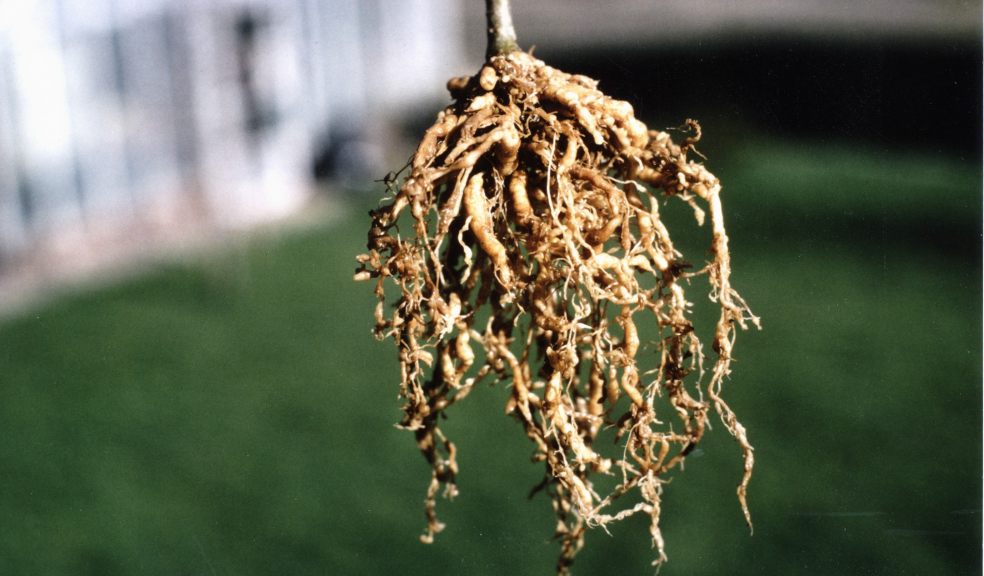
Study charts global invasion of crop pests
Many of the world’s most important crop-producing countries will be fully saturated with pests by the middle of the century if current trends continue, according to a new study led by the University of Exeter.
More than one-in-ten pest types can already be found in around half the countries that grow their host crops. If this spread advances at its current rate, scientists fear that a significant proportion of global crop-producing countries will be overwhelmed by pests within the next 30 years.
Crop pests include fungi, bacteria, viruses, insects, nematodes, viroids and oomycetes. The research, published today in the journal Global Ecology and Biogeography, describes the patterns and trends in their spread, using global databases to investigate the factors that influence the number of countries reached by pests and the number of pests in each country.
Dr Dan Bebber of Biosciences at the University of Exeter said: “If crop pests continue to spread at current rates, many of the world’s biggest crop producing nations will be inundated by the middle of the Century, posing a grave threat to global food security.”
The study identifies the pests likely to be the most invasive in coming years, including: three species of tropical root knot nematode whose larvae infect the roots of thousands of different plant species; Blumeria graminis, a fungus that causes powdery mildew on wheat and other cereals; and the Citrus tristeza virus (given its name meaning ‘sadness’ in Portuguese and Spanish by farmers in the 1930s) which had reached 105 of 145 countries growing citrus by 2000.
Fungi lead the worldwide invasion of crops and are the most widely dispersed group, despite having the narrowest range of hosts.
The study looked at the current distributions of 1,901 crop pests and pathogens and historical observations of a further 424 species. Significant use was made of historical CABI records, which document crop pests and diseases around the world from 1822 to the present day.
Dr Timothy Holmes, Head of Technical Solutions at CABI’s Plantwise knowledge bank, said: “By unlocking the potential to understand the distribution of crop pests and diseases, we’re moving one step closer to protecting our ability to feed a growing global population.
The hope is to turn data into positive action.”
It supports the view of previous studies that climate change is likely to significantly affect pest pressure on agriculture, with the warming Earth having a clear influence on the distribution of crop pests.
The authors also describe the global game of cat-and-mouse as crops are introduced to pest free regions and briefly thrive, before their pursuers catch up with them.
Professor Sarah Gurr of Biosciences the University of Exeter added: “New, virulent variants of pests are constantly evolving. Their emergence is favoured by increased pest population sizes and their rapid life-cycles, which force diversified selection and heralds the appearance of new aggressive genotypes. There is hope if robust plant protection strategies and biosecurity measures are implemented, particularly in the developing world where knowledge is scant. Whether such precautions can slow or stop this process remains to be seen.”
‘The global spread of crop pests and pathogens’ by Daniel P. Bebber, Timothy Holmes and Sarah J. Gurr is published today in Global Ecology and Biogeography.
This research received funding from the Biotechnology and Biological Sciences Research Council (BBSRC).
For information about the University of Exeter’s MSc Food Security and Sustainable Agriculture programme visit: www.exeter.ac.uk/foodsecurity














